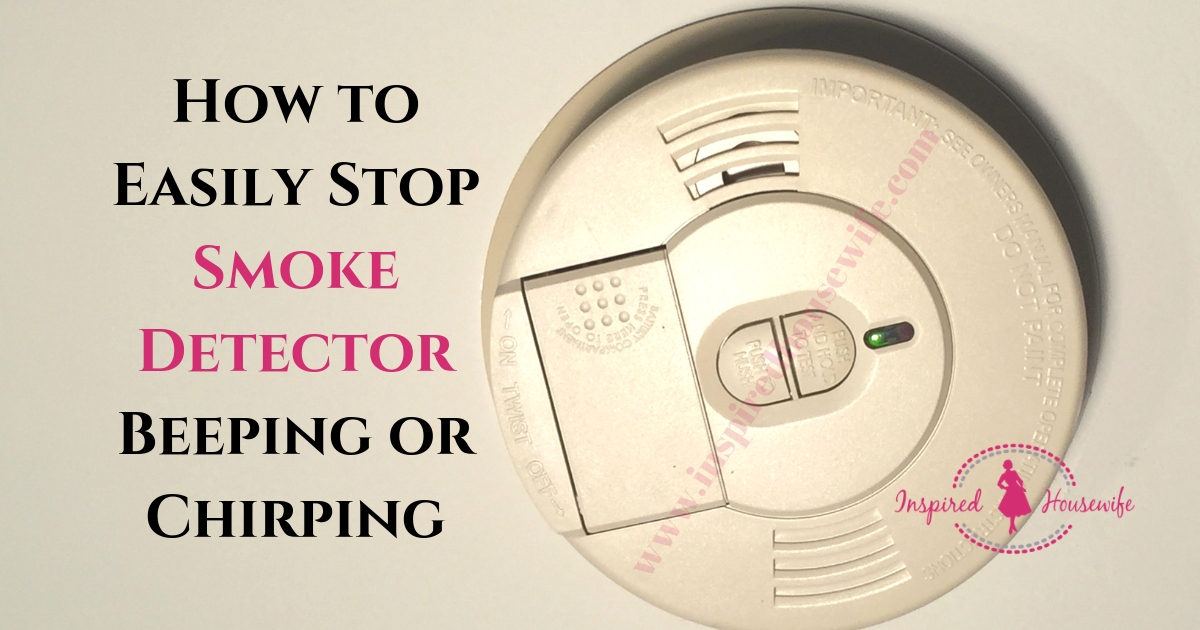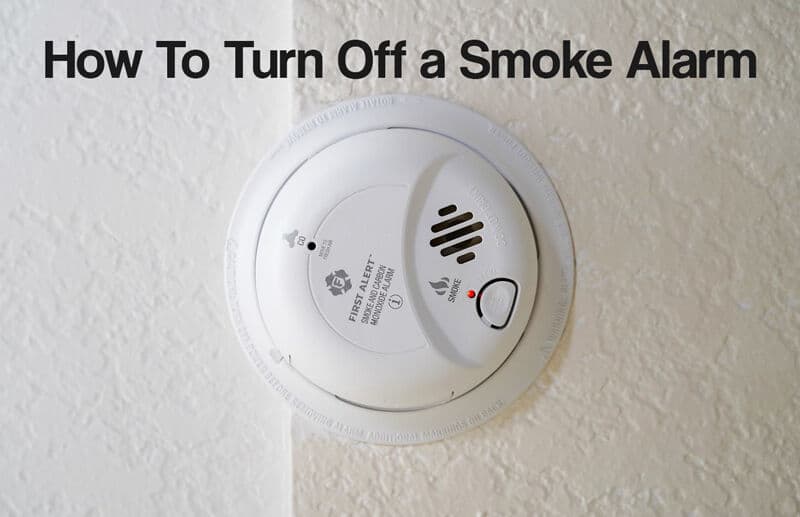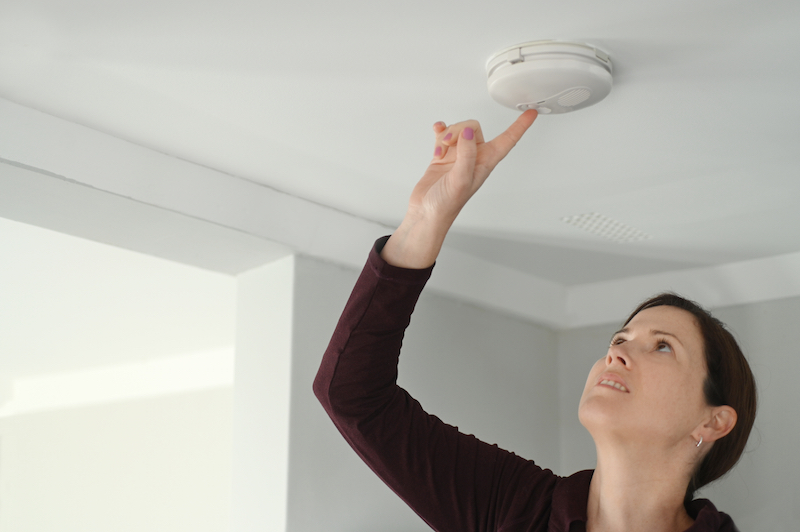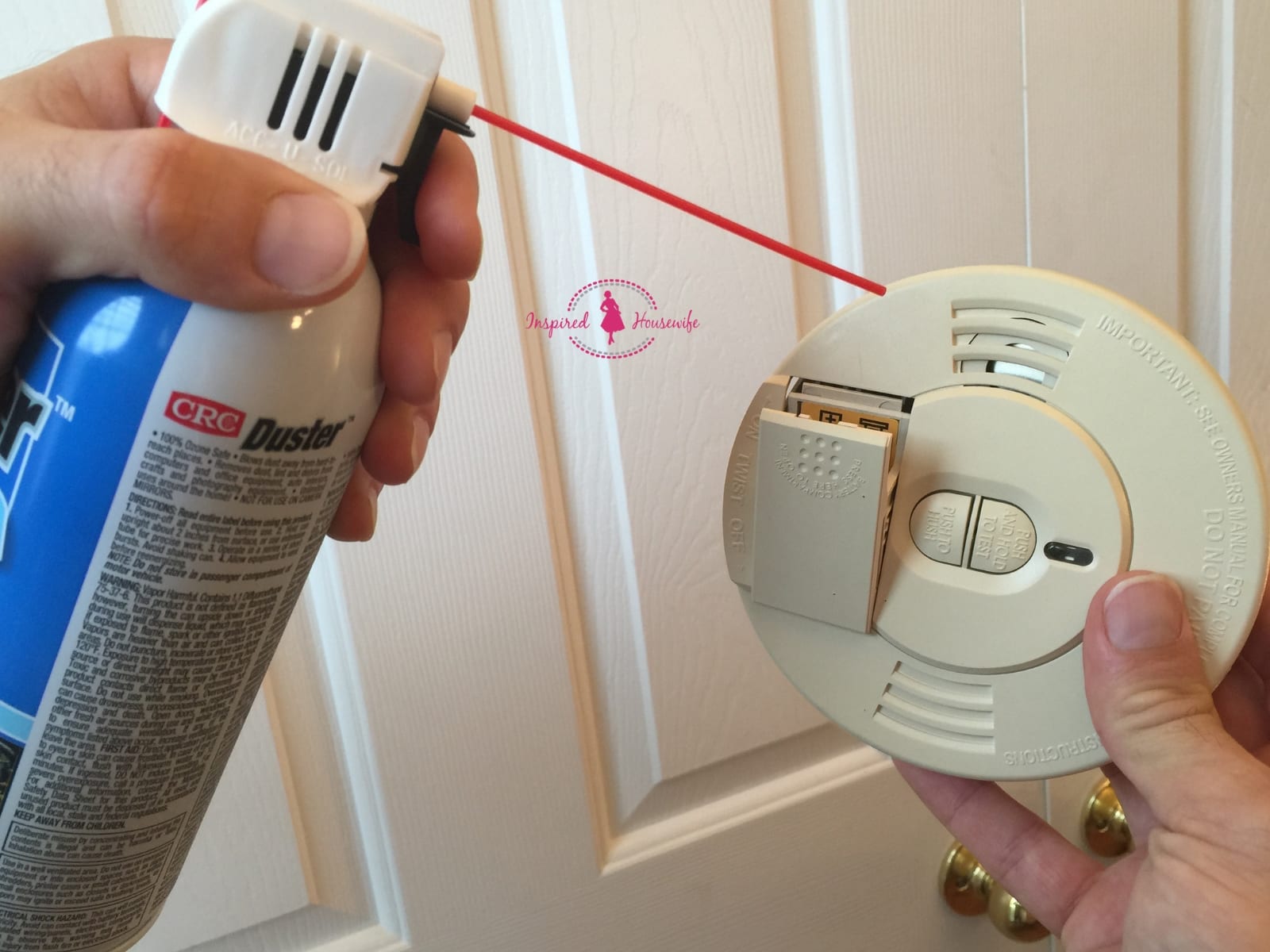How To Stop Smoke Alarm From Going Off

Understanding Smoke Alarm Activations: HVAC's Role and Solutions
Smoke alarms are critical safety devices, but frequent false alarms can be frustrating and even dangerous if they lead to complacency. While smoke and fire are the primary culprits, your HVAC system can significantly contribute to both legitimate and false alarm triggers. This article explores how your HVAC interacts with smoke alarms, common causes for nuisance alarms, and practical steps to mitigate these issues.
The Interplay Between HVAC and Smoke Detection
Your HVAC system circulates air throughout your home or building. This includes smoke, dust, humidity, and even cooking fumes. Therefore, the placement of smoke alarms relative to air vents, return ducts, and HVAC equipment is crucial. For example, placing a smoke alarm directly next to a supply vent can force dust particles onto the sensor, triggering a false alarm. Similarly, locating an alarm too close to a kitchen can lead to nuisance activations from cooking fumes.
HVAC systems, particularly furnaces and heat pumps, can also be a source of legitimate smoke or carbon monoxide (CO). Malfunctioning burners, cracked heat exchangers, or blocked flues can release harmful gases, triggering both smoke and CO alarms. Regular HVAC maintenance is essential to prevent these potentially life-threatening scenarios.
Common HVAC-Related Causes of Smoke Alarm Activations
Pinpointing the reason for a smoke alarm activation is the first step to solving the problem. Here are some of the most common HVAC-related culprits:
- Dust Accumulation: Dust is a major offender. It can settle on the smoke alarm sensor, mimicking smoke particles and triggering an alarm. This is especially common after periods of inactivity, such as after a vacation or the first time you turn on your furnace for the season. Regular vacuuming and dusting, including inside the smoke alarm itself (following the manufacturer's instructions), can help.
- Humidity: Excessive humidity can condense on the sensor and interfere with its operation, leading to false alarms. Bathrooms, kitchens, and poorly ventilated areas are particularly susceptible. Ensure adequate ventilation in these areas and consider using a dehumidifier if humidity levels are consistently high.
- Cooking Fumes: Even without visible smoke, cooking fumes can trigger sensitive smoke alarms. Install alarms away from the kitchen and use range hoods to vent fumes outside. Consider using alarms specifically designed for kitchens, which are less sensitive to cooking particles.
- Malfunctioning HVAC Equipment: As mentioned earlier, a malfunctioning furnace or heat pump can release smoke or CO. Signs of a problem include unusual odors, soot around the furnace, and frequent cycling. A professional HVAC inspection is crucial if you suspect a problem.
- Incorrect Placement: Alarms placed too close to vents or returns can be affected by air currents and dust. Follow manufacturer's guidelines for proper placement.
- Low Battery: While not directly HVAC-related, a low battery can cause a smoke alarm to chirp or even activate intermittently. Replace batteries regularly (at least twice a year) and consider using long-life batteries.
Troubleshooting Steps: A Practical Guide
When a smoke alarm activates, don't immediately assume there's a fire. Follow these steps to troubleshoot the issue:
- Verify the Alarm: Determine which alarm is activated. Many modern systems have interconnected alarms, allowing you to pinpoint the source.
- Identify the Cause: Look for obvious signs of smoke or fire. If none are present, consider other potential causes, such as cooking fumes, dust, or humidity.
- Ventilate the Area: Open windows and doors to clear the air. Turn on exhaust fans to remove fumes or humidity.
- Clean the Alarm: Use a vacuum cleaner with a brush attachment to gently clean the outside of the alarm. Follow the manufacturer's instructions for cleaning the inside of the alarm.
- Test the Alarm: Press the test button to ensure the alarm is functioning correctly.
- Check HVAC Equipment: Inspect your furnace, heat pump, and other HVAC components for signs of malfunction, such as unusual odors or soot.
- Replace or Relocate: If the alarm continues to activate without a clear cause, consider replacing it or relocating it to a more suitable location.
Optimizing HVAC Systems for Smoke Alarm Compatibility
Beyond troubleshooting, proactive measures can minimize the likelihood of HVAC-related smoke alarm activations:
- Regular HVAC Maintenance: Schedule annual HVAC maintenance to ensure your system is operating safely and efficiently. This includes cleaning components, inspecting for leaks, and testing safety features.
- Air Duct Cleaning: Dirty air ducts can harbor dust, pollen, and other allergens, which can trigger smoke alarms. Consider having your air ducts professionally cleaned every few years. The cost of duct cleaning can range from $300 to $1000 depending on the size and complexity of your ductwork.
- Air Filter Replacement: Replace your air filter regularly (typically every 1-3 months) to prevent dust and debris from circulating through your system. Use a high-quality filter with a MERV (Minimum Efficiency Reporting Value) rating appropriate for your system and needs. Higher MERV ratings filter out smaller particles but can also restrict airflow, so consult your HVAC technician for recommendations. A basic fiberglass filter costs a few dollars, while a high-efficiency pleated filter can cost $15-$30.
- Improved Ventilation: Ensure adequate ventilation in areas prone to humidity and cooking fumes. Use exhaust fans in bathrooms and kitchens, and consider installing a whole-house ventilation system.
- Smart Thermostats: Many smart thermostats offer features like humidity control and air quality monitoring, which can help prevent conditions that lead to false alarms.
Smoke Alarm Technology and Placement: Making Informed Choices
Selecting the right type of smoke alarm and placing it strategically are crucial for effective smoke detection and minimizing nuisance alarms.
- Ionization vs. Photoelectric Alarms: Ionization smoke alarms are generally more sensitive to fast-flaming fires, while photoelectric smoke alarms are more sensitive to smoldering fires. Many experts recommend using both types or dual-sensor alarms for comprehensive protection.
- Placement Guidelines: Install smoke alarms on every level of your home, inside and outside sleeping areas, and away from kitchens and bathrooms. Follow the manufacturer's instructions for specific placement recommendations. Avoid placing alarms near vents, returns, or drafty areas. Consider installing heat alarms in kitchens and garages, as they are less susceptible to false alarms caused by cooking fumes and car exhaust.
- Interconnected Alarms: Interconnected alarms provide the best protection, as they all sound when one detects smoke. This ensures that everyone in the building is alerted, regardless of where the fire originates.
Cost-Benefit Analysis: Investing in Prevention
While some of the solutions discussed above involve an upfront cost, the long-term benefits of preventing false alarms and ensuring accurate smoke detection outweigh the expense. Regular HVAC maintenance, air duct cleaning, and air filter replacement can improve air quality, reduce energy costs, and extend the lifespan of your HVAC system. Choosing the right smoke alarm technology and implementing proper placement strategies can save lives.
Ignoring nuisance smoke alarms can lead to complacency and delayed response to real emergencies. Investing in prevention is an investment in your safety and the safety of others.
When to Call a Professional
If you've tried the troubleshooting steps outlined above and your smoke alarm continues to activate without a clear cause, or if you suspect a problem with your HVAC system, it's time to call a qualified HVAC technician or electrician. A professional can diagnose the problem, perform necessary repairs, and ensure that your smoke alarm system is functioning correctly.
Remember, smoke alarms are essential safety devices. Don't ignore frequent activations or attempt to disable them. Take the time to identify the cause and implement appropriate solutions to ensure the safety and well-being of your home or building occupants.










